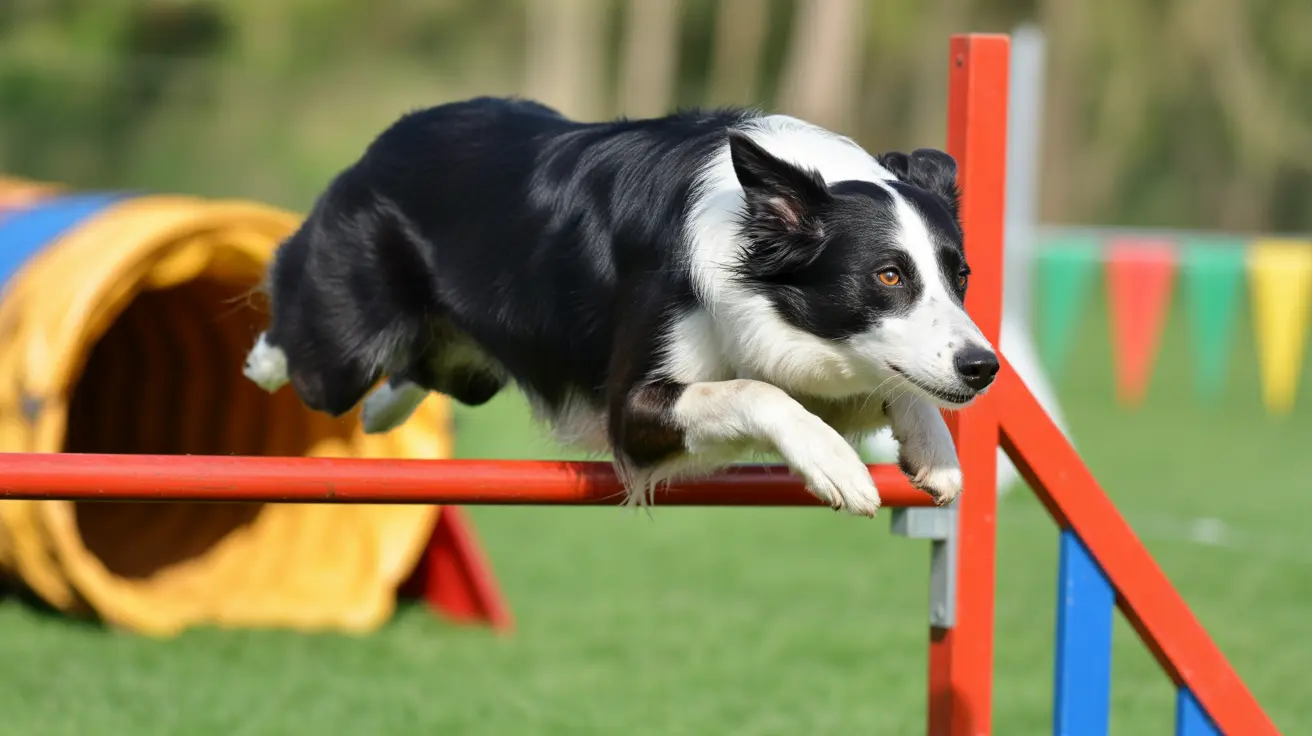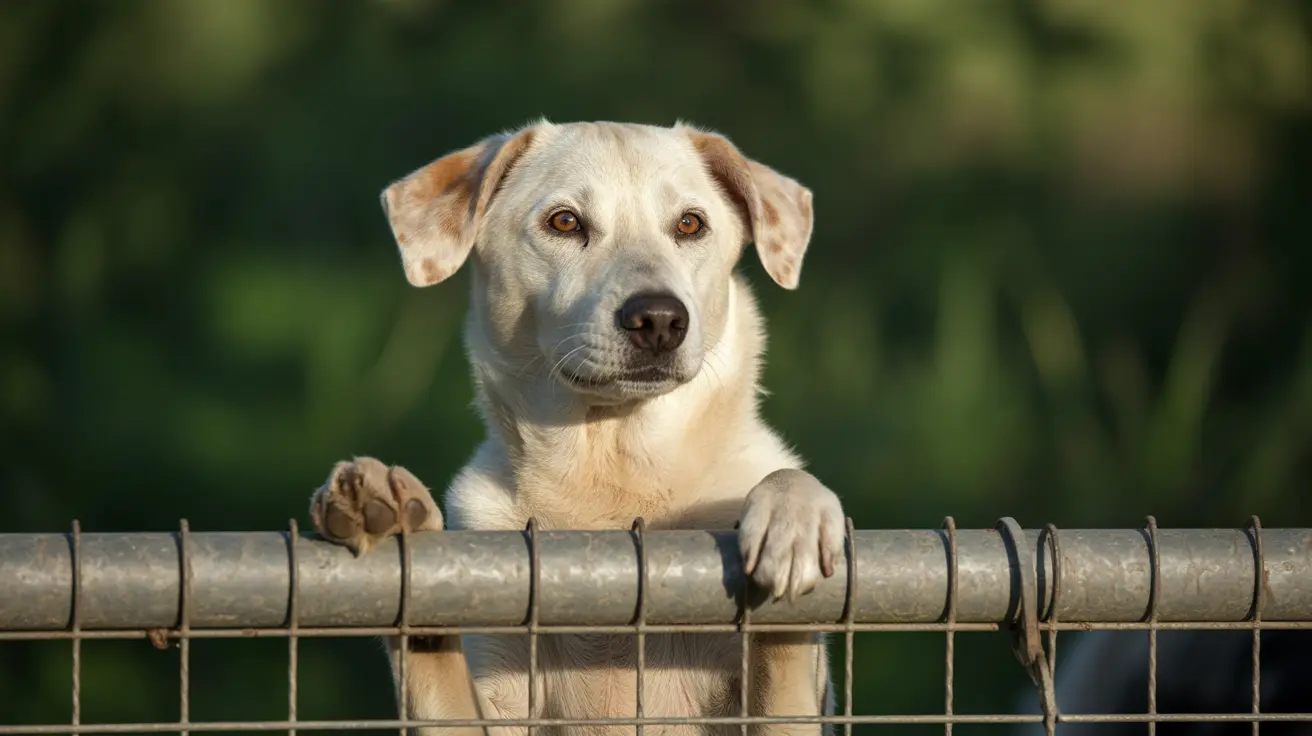Are Dog Warts Painful for Dogs? Understanding the Signs and Treatments
Warts in dogs, also known as canine papillomas, are generally considered benign skin growths caused by the canine papillomavirus (CPV). While these warts are usually painless and harmless, there are situations where they may become uncomfortable or painful for your furry friend. Understanding when a wart becomes a concern helps ensure your dog remains healthy and comfortable.
What Are Dog Warts?
Dog warts are small, cauliflower-like growths that typically appear around the mouth, eyes, or paws. They are more common in young puppies or older dogs with weakened immune systems. The virus spreads through direct contact with infected dogs or contaminated surfaces.
Are Dog Warts Always Painless?
In most cases, dog warts do not cause pain. However, there are several circumstances where a wart can become painful or problematic:
- Location-related discomfort: Warts on the feet, mouth, or between toes can interfere with eating, chewing, or walking, leading to pain or avoidance behaviors.
- Irritation or trauma: Warts that are frequently scratched, chewed, or bumped may become inflamed, bleed, or get infected, causing discomfort or pain.
- Secondary infections: An infected wart can swell and become tender, leading to more serious symptoms such as pus, fever, or lethargy.
Symptoms That a Wart May Be Painful
If your dog is showing any of the following signs, their wart may be causing discomfort:
- Excessive licking or scratching at a specific site
- Reluctance to chew, eat, or walk normally
- Whining or whimpering when touched
- Visible swelling, redness, or bleeding around the wart
How to Help a Dog With Painful Warts
If your dog shows signs of discomfort, you should consult a veterinarian. Treatment options may include:
- Topical or oral medications to reduce infection or inflammation
- Surgical removal for large, painful, or persistent warts
- Cryotherapy (freezing the wart) in severe cases
Additionally, maintaining good hygiene and avoiding contact with infected dogs can help reduce the risk of new warts forming.
Should You Worry About Dog Warts?
Most dog warts clear up on their own within one to five months as the dog's immune system mounts a response. However, some cases may require intervention, especially if the warts:
- Multiply rapidly
- Do not shrink or go away after several weeks
- Cause predictable or ongoing pain
- Bleed frequently or change in shape or color
Prevention and Immune Support
Though there is no vaccine for CPV in general canine populations, bolstering your dog’s immune health may help ward off infections or accelerate healing. Key ways to support your dog's defenses include:
- Providing a balanced, nutrient-rich diet
- Ensuring regular exercise and mental stimulation
- Keeping up with vaccinations and vet check-ups
Conclusion
Dog warts are usually painless, but they can become a cause for concern if irritated, infected, or located in sensitive areas. Monitoring your dog closely and seeking veterinary advice when necessary ensures warts are managed effectively and without causing lasting discomfort. As always, a proactive approach to your pet’s health is the best way to ensure their comfort and well-being.





